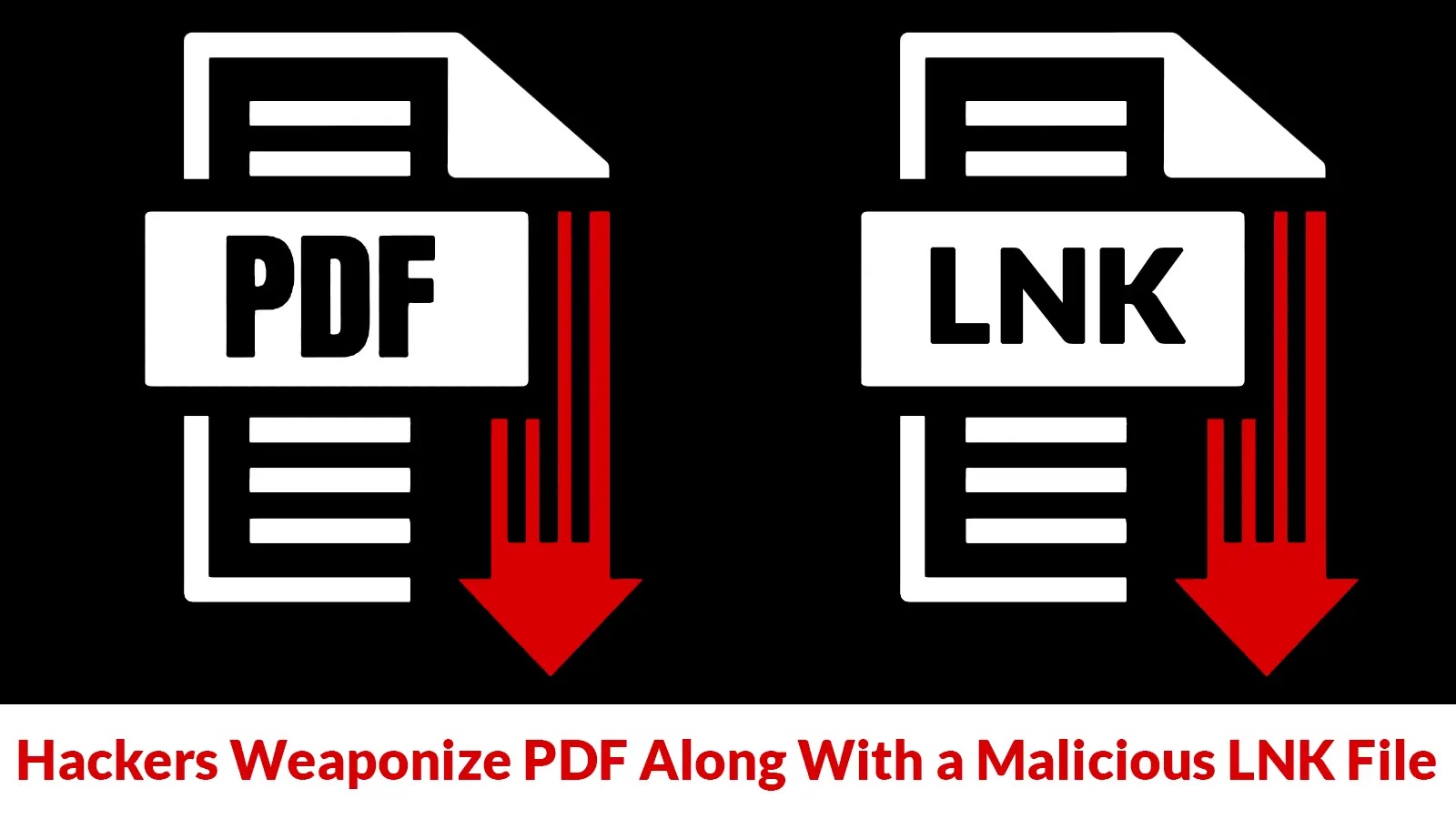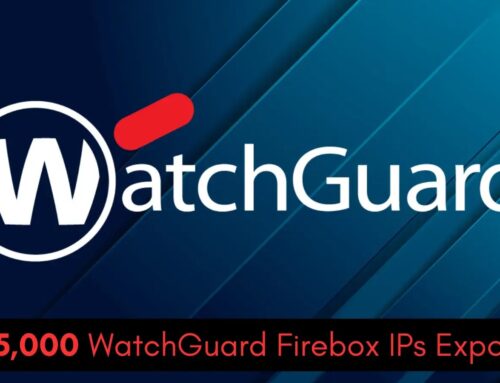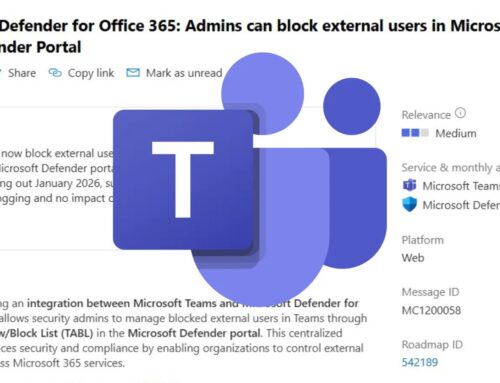
Hackers Weaponize PDF Along With a Malicious LNK File to Compromise Windows Systems
In the evolving threat landscape, seemingly benign file types are increasingly weaponized to bypass conventional defenses. A recent campaign, surfacing in late August 2025, highlights this alarming trend, demonstrating how attackers are leveraging a standard PDF alongside a malicious Windows shortcut (LNK) file to breach sophisticated enterprise environments.
This sophisticated attack, targeting South Korean academic and government institutions, underscores the critical need for robust security awareness and multi-layered defense strategies. What appears as a legitimate “국가정보연구회 소식지 (52호)” (National Intelligence Research Institute Newsletter) PDF decoy conceals a far more sinister payload.
The Deceptive Delivery: A Malicious Duo
The core of this attack lies in its ingenious delivery mechanism. Victims receive an archive – likely a ZIP or RAR file – designed to appear innocuous. Within this archive are two critical components:
- The Decoy PDF: A seemingly legitimate PDF newsletter, serving as a distraction and a means to instill a false sense of security. Users, expecting to open a routine document, are less likely to flag suspicious behavior.
- The Malicious LNK File: This is the true weapon. Windows shortcut files (LNK files) can be crafted to execute arbitrary commands, including launching executables, scripts, or even triggering PowerShell commands upon being opened or even simply viewed in some configurations. In this attack, the LNK file is cleverly disguised to look like another legitimate document or even an image.
The synergy between the PDF and the LNK file is key. The user’s focus is on the PDF, while the LNK file, often adjacent in the archive, is designed to be inadvertently executed. This could happen by the user attempting to open the “wrong” file from the archive, or even by a misclick.
Attack Vector and Targets
The initial observations of this campaign indicate a highly targeted approach. The focus on South Korean academic and government institutions suggests a possible state-sponsored or advanced persistent threat (APT) actor aiming for intelligence gathering or disruption.
The choice of a newsletter related to a “National Intelligence Research Institute” further reinforces the tailored nature of the attack, designed to appeal to specific individuals within these sensitive organizations who would legitimately expect to receive such communications.
While the initial targets are geographically specific, the underlying technique of weaponizing benign file types and LNK files is globally applicable. Organizations worldwide should be aware that similar methodologies can and will be repurposed for different targets.
Technical Details: How LNK Files Are Weaponized
LNK files are essentially small files that point to other files or programs on a system. However, they can be crafted to include command-line arguments, meaning they can execute commands or scripts when clicked. This makes them a potent tool for attackers.
A malicious LNK file typically contains a reference to a malicious payload that is either embedded within the LNK file itself (though less common for larger payloads) or, more frequently, points to an external file that is also delivered with the LNK file. This external file could be:
- An executable (.exe)
- A batch script (.bat)
- A PowerShell script (.ps1)
- A Visual Basic script (.vbs)
Upon execution, the LNK file triggers the associated command, leading to the delivery of malware, establishment of persistence, or exfiltration of data. The decoy PDF then opens as expected, further delaying detection by presenting a seemingly normal user experience.
Remediation Actions and Prevention Strategies
Combating attacks that leverage readily available file types requires a multi-faceted approach, focusing on user education, technical controls, and proactive threat hunting.
For End-Users:
- Exercise Extreme Caution with Downloads: Be highly suspicious of unsolicited emails, especially those containing attachments or links from unknown senders. Even if the sender appears legitimate, verify the authenticity if the content is unexpected.
- Inspect File Extensions: While attackers often hide extensions, training users to look for double extensions (e.g.,
document.pdf.lnkinstead ofdocument.pdf) or unusual icons can be helpful. - Hover Before Clicking: Train users to hover over links and attachments to reveal the true destination or file type before clicking.
- Report Suspicious Activity: Encourage users to report anything that seems out of place to the IT security team immediately.
For Organizations and IT Security Professionals:
- Email Filtering and Sandboxing: Implement robust email security gateways that can scan, filter, and sandbox suspicious attachments, including archives.
- Endpoint Detection and Response (EDR): Deploy EDR solutions that can monitor endpoint behavior for suspicious activities, such as LNK file execution leading to unusual process spawning or network connections.
- Disable Unnecessary File Associations: Review and restrict file associations where possible, or configure them to open LNK files with a plain text editor, preventing automatic execution.
- Implement Least Privilege: Ensure users operate with the principle of least privilege, limiting their ability to execute arbitrary code or write to critical system directories.
- Regular Security Awareness Training: Conduct frequent and realistic phishing simulations and security awareness training to educate users about emerging threats like this one.
- Patch Management: Keep operating systems and applications, especially PDF readers and archiving software, up-to-date with the latest security patches to mitigate potential vulnerabilities (e.g., those found in specific PDF parsers or Windows components). While no specific CVE has been publicly attributed to this LNK-PDF mechanism as of the described attack timeframe, general patching practices are crucial.
- Network Segmentation: Segment your network to limit lateral movement in case of a successful compromise.
- Disable LNK File Execution via Group Policy (Advanced): For highly sensitive environments, consider GPOs to restrict LNK file execution from certain locations, though this requires careful planning to avoid disrupting legitimate operations.
Relevant Tools:
| Tool Name | Purpose | Link |
|---|---|---|
| Microsoft Defender for Endpoint | EDR for behavior monitoring and LNK file detection. | https://www.microsoft.com/en-us/security/business/threat-protection/microsoft-defender-for-endpoint |
| Proofpoint Email Security | Advanced email filtering and threat protection. | https://www.proofpoint.com/us/products/email-protection |
| Cisco Secure Email | Email security gateway with sandboxing capabilities. | https://www.cisco.com/c/en/us/products/security/secure-email.html |
| VirusTotal | Analyze suspicious files (including LNK and PDFs) for known malware signatures. | https://www.virustotal.com/gui/home/upload |
| Any.Run | Interactive real-time malware analysis sandbox. | https://any.run/ |
Conclusion
The weaponization of seemingly benign files like PDFs coupled with malicious LNK shortcuts represents a persistent and adaptable threat. This tactic leverages human trust and established workflows, making it particularly effective against even well-defended organizations. Staying ahead of such threats demands continuous vigilance, a strong emphasis on user education, and the deployment of robust security architecture. Organizations must recognize that every file received, regardless of its apparent legitimacy, can potentially be a vector for compromise.





